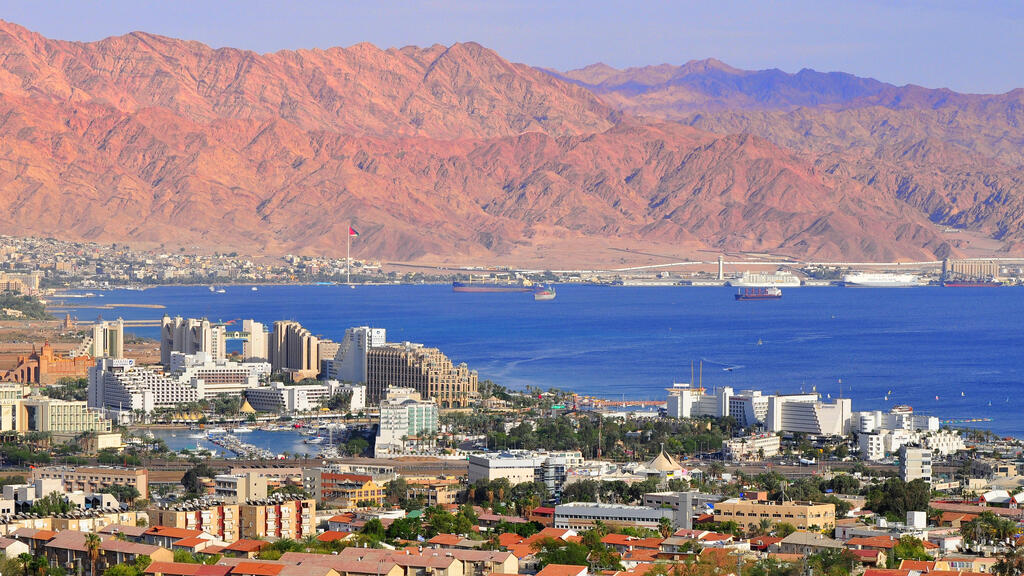Getting your Trinity Audio player ready...
The Red Sea in the Gulf of Eilat absorbs greenhouse gases from the atmosphere in efficiency that surpasses many other places in the world, including the Pacific Ocean, a new study revealed.
In the study conducted by Professor Adi Torfstein of the Institute of Earth Sciences at the Hebrew University in Jerusalem, a first-of-its-kind analysis method was introduced which could help commercial companies reduce carbon dioxide concentrations in the atmosphere.
The researchers explained that oceans around the world are undergoing a unique process of absorbing greenhouse gases and removing them from the atmosphere to the bottom of the ocean, which regulates the earth's climate and facilitates global warming.
As part of the process known as the "biological pump" developed by the Hebrew University, carbon is transformed by photosynthesis into solid organic matter that sinks to the seafloor and is eliminated from the ecologic system. However, previous studies found that while it sinks, 99% of the gas dissolves back into the water and ends up returning to the atmosphere.
"It has been proven that the higher the temperature of the water, the faster carbon dissolves and returnes to the atmosphere," Prof. Torfstein explained "Due to global warming, its likely that the efficiency of the biological pump is drastically decreasing because the water temperatures will rise even more."
The University said that despite the importance of the process, it is still hard to measure its efficiency in different places of the world. The expert team in this study, developed a first-ever method of analysis that takes into consideration the quantitative parameters of the pump and calculates its efficiency level.
Using sediment traps that catch rainfall in the center of the Gulf of Eilat over the years, it is possible to calculate parameters such as the rate of sedimentation, and the content of organic matter, over time.
The researchers believed that because of temperatures in Eilat, the organic matter would dissolve faster, and thus very little of it would reach the seafloor. To their surprise, the biological pump showed an over a 20% efficiency rate.
"Despite the temperature at the depths of the Gulf of Eilat being higher than 20° celcius (68° ahrenheit,) the water is exposed to large amounts of dust from the Sahara desert," said one of the Professors involved in the study. "The dust sinks and latches on to pieces of organic matter, which helps the sinking be more effective and makes the results of the biological pump much better than in the north and central Pacific Ocean."
This study is also likely to help commercial companies aiming to monitor their environmental impact. According to the experts, those companies struggle to keep track of the greenhouse gases released from their systems, but the parameters they could have access to through this study, would help.


